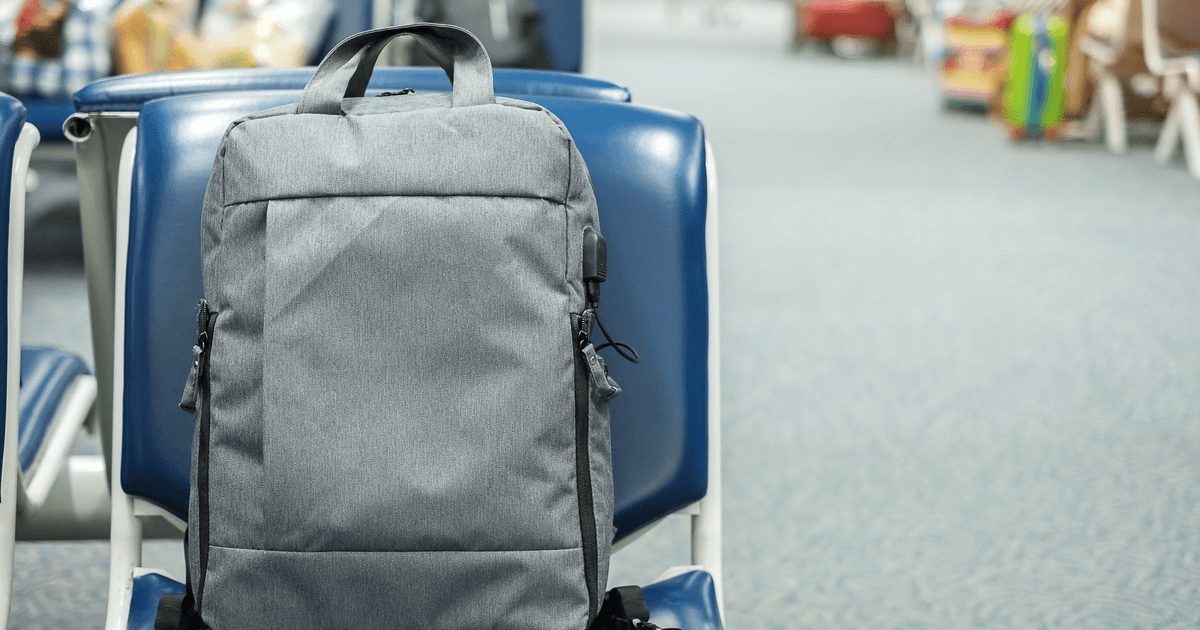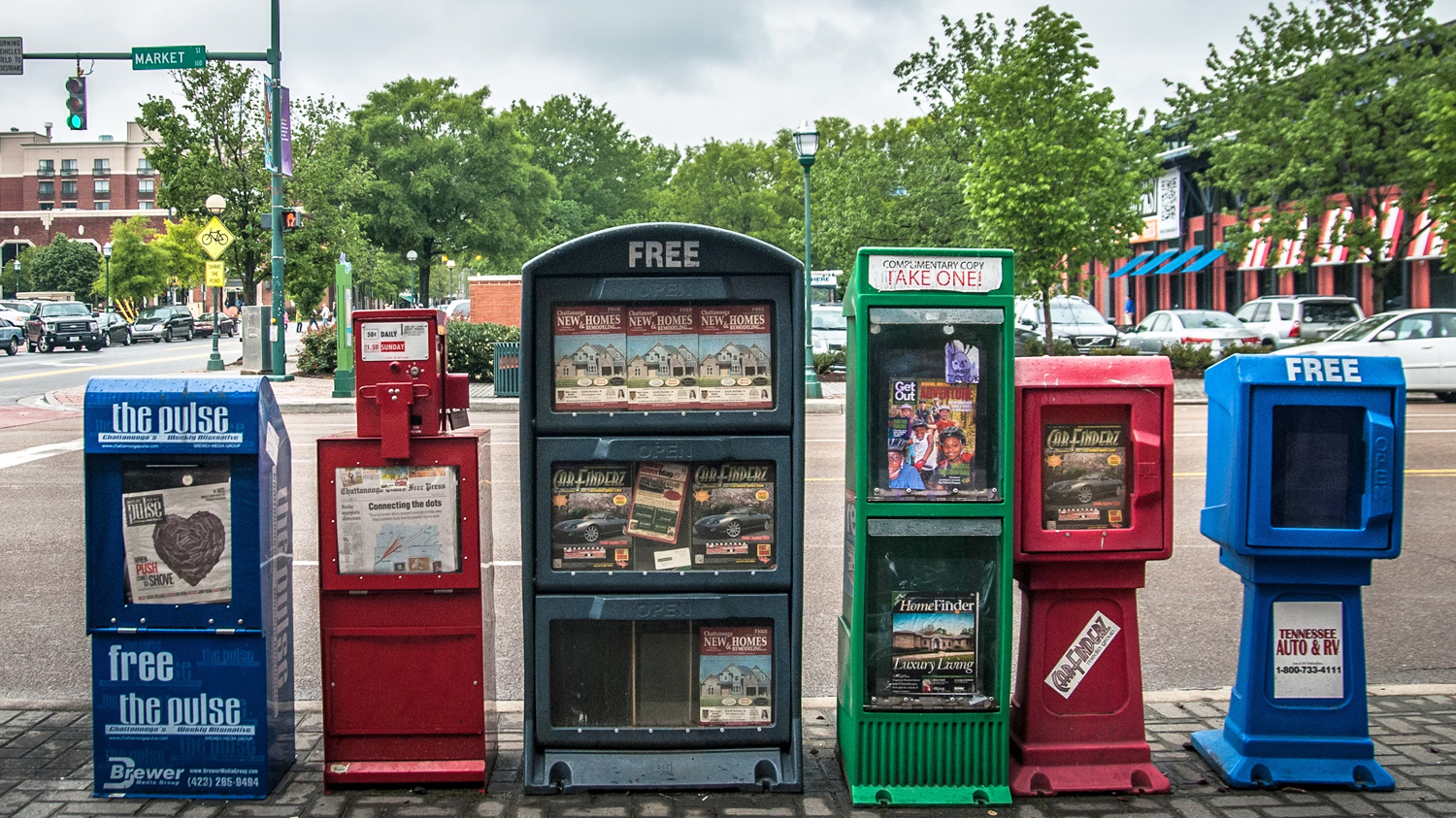

Choosing the right personal item for flights can make all the difference in your travel experience, especially when every inch of space matters. From protecting your essentials to ensuring comfort, the decision isn’t as simple as grabbing the nearest bag. Many travelers wonder if using a backpack as a personal item on flights is the ideal choice. Backpacks are versatile, practical, and compact—but not all are equal in the eyes of airlines. Before deciding, it’s important to look at the pros, the cons, and the strategies for backpack-friendly travel. This guide will explore everything you need to know to make your next flight smoother.
Backpacks are incredibly popular among travelers, and it’s no mystery why. These bags distribute weight evenly across your shoulders, so you won’t feel lopsided like you might with a tote. They are also space-efficient, featuring multiple compartments where you can stash toiletries, snacks, or electronic gadgets.
Airline requirements often make backpacks an easy winner, too. Most backpacks are naturally smaller than traditional carry-on suitcases, which increases your chances of staying within the personal item size guidelines. That said, always check the dimensions allowed by your airline before heading to the gate.
Another perk is flexibility. Backpacks can squish down under your seat much more easily than something hard-sided, minimizing any mid-flight discomfort for you or your neighbors. Of course, no bag is flawless. A poorly organized pack can make you struggle to find items quickly, which can be particularly annoying during security checks.
One of the first things to consider when navigating airport rules is the size of your personal item. Backpacks come in all shapes and sizes, but not all will meet airline restrictions. Most airlines limit personal items to around 18 x 14 x 8 inches, though exact dimensions vary. Measuring your bag in advance could save you a lot of stress at the airport.
Compact backpacks are great for short trips or minimalist packers. They work well for carrying smaller essentials like your phone, wallet, books, or charger. Mid-sized options provide a bit more room, ideal for overnight stays. Broadening your search into so-called “daypacks” usually strikes the ideal balance for weekend trips while remaining within airline limits.
What you can bring in a simple laptop bag will differ from what you can carry in a school backpack. Similarly, you would also use a different strategy when packing any type of compact military rucksack. Be sure to consider the bag’s features and determine which will serve you best when smart packing matters.
It’s also important to keep in mind that, when it comes to carry-ons and personal items, more isn’t always better. You might be tempted to fill every pocket and compartment, but when those plane doors close, your backpack needs to fit under the seat—and in a cramped cabin, you don’t want to struggle to make that happen.
A backpack designed with durable materials can save you a lot of hassle. Flying often means loading, unloading, stuffing your bag into tight spaces, and lugging it around connecting terminals. You’ll want to choose something that holds up under pressure. Look for fabrics like nylon or polyester, which are lightweight but resistant to tears.
Lockable zippers and other security features are also worth considering, especially if you’re carrying expensive items. Some backpacks even incorporate waterproof coatings to shield your stuff from unexpected spills or bad weather on arrival. A flimsy bag might do the job for one or two trips, but it’s always better to invest in something that lasts.
If you have a long flight or multiple layovers, carrying an uncomfortable backpack gets old fast. Bags with padded shoulder straps and breathable back panels can make a real difference. Adjustable straps evenly distribute weight, taking some strain off your body.
Traveling comes with its fair share of stressors, but smart packing can reduce them. A well-organized backpack ensures you can grab essentials in seconds, not minutes. Start by using the front pockets for frequently used items such as boarding passes or a passport.
Keep tech accessories and chargers in dedicated compartments to prevent them from tangling with clothing or toiletries. Many travel backpacks include internal sections designed for laptops or tablets, ensuring these stay secure in transit. Labels or packing cubes serve as lifesavers when it’s time to retrieve something mid-flight without disrupting the entire bag.
Backpacks stand out because they usually comply with personal item rules, but assumptions can still backfire. Some airlines are stricter than others, enforcing rigid rules about bag dimensions and weight. Even if your backpack comes with an “airline approved” label, measuring and double-checking never hurts.
Another tip is to avoid packing your bag so full that it struggles to fit under a seat. Most flight attendants don’t appreciate travelers who insist their bulging packs should count as personal items. Playing by the rules ensures smoother boarding for everyone.
While backpacks are practical, they’re not the only choice for travelers. Duffel bags offer slightly more interior space, though they can be less comfortable to carry through an airport. Briefcases and laptop bags work well for business flyers but often lack room for additional essentials.
A backpack strikes a balance between versatility and ease of transport. Unlike larger bags, it won’t make you feel burdened when walking down the aisle or transferring at terminals. However, comparing options based on your unique travel needs remains key. Whether you choose another personal item or stick with a sturdy backpack, nothing beats thoughtful preparation!
Not all trips are backpack friendly. You may run into issues if you’re carrying formal attire that wrinkles easily, fragile keepsakes, or bulky equipment. Hard-sided bags or wheeled carry-ons sometimes win out in those cases.
Even airlines with relaxed personal item policies can catch you off guard. For example, international carriers may have stricter size or weight requirements, especially on smaller planes. Always think about your specific itinerary as you decide whether a backpack makes the most sense for your needs that day.
Traveling successfully often comes down to preparation, creativity, and knowing what works best for your situation. Using a backpack as a personal item on flights can offer convenience, versatility, and comfort in tough situations. Bringing only what’s essential—not stuffing every pocket—is the ultimate secret to breezing through airports. Keep airline rules in mind, stay organized, and opt for a bag that fits your travel style.

Put your business in front of thousands of LOCALS! Create your free listing on the NewsSTAND and update your profile anytime to share the latest info, specials, and contact details.

Got a story to Share? Pitch your idea or write an article for the NewsSTAND! Join us in highlighting the positive and powerful moments that make our city shine.

We’re passionate about working together to amplify our City. Reach out to the NewsSTAND team to explore collaboration opportunities and make a difference in our community.
Hover over each card to unlock the full story and see what you’re about to get!







